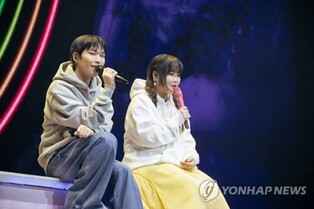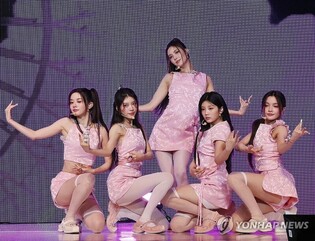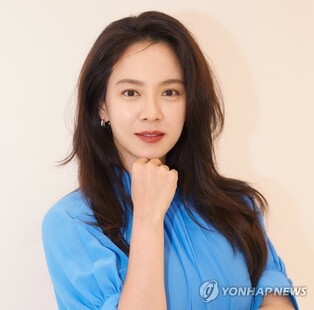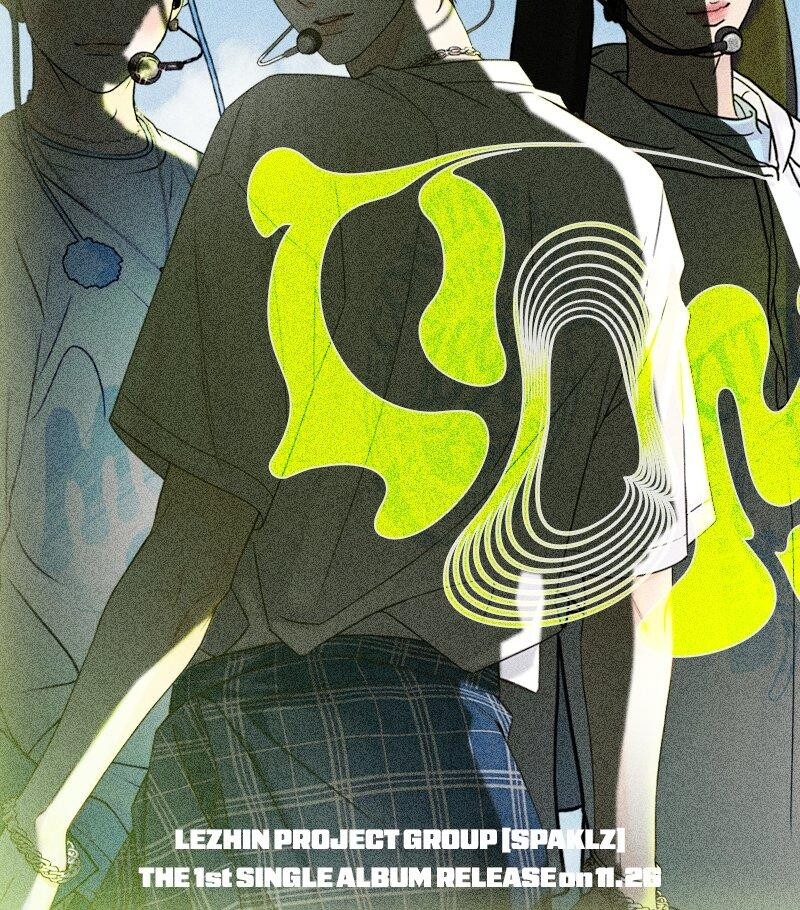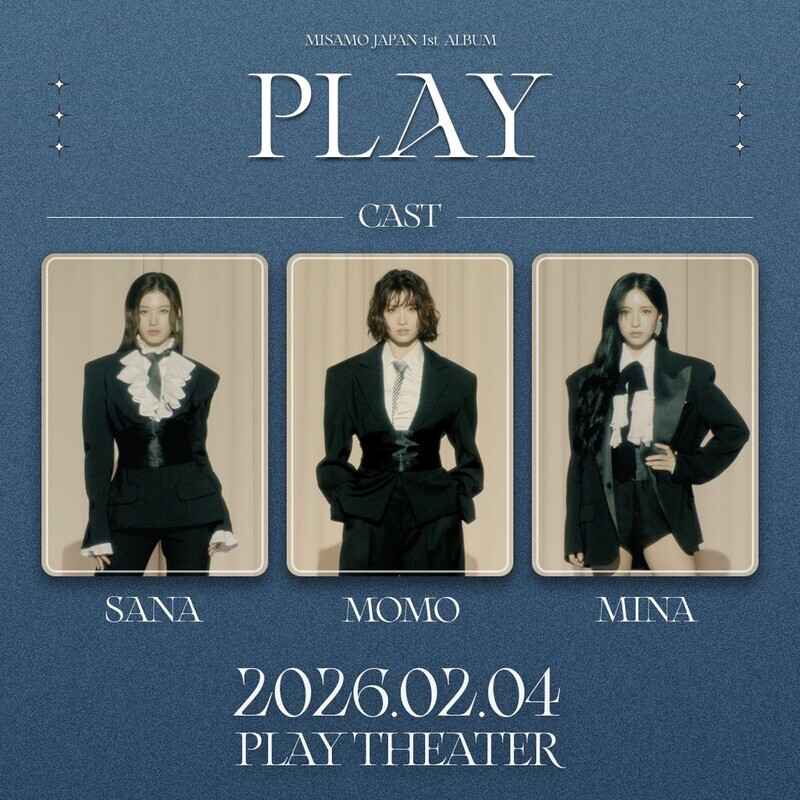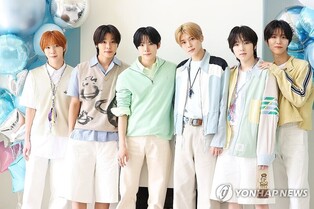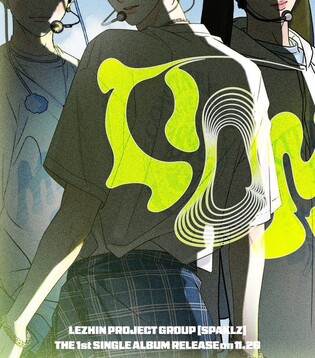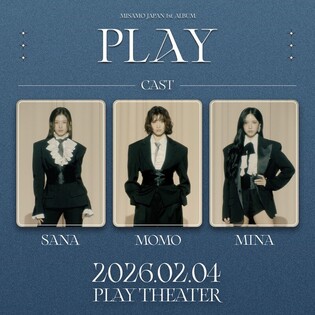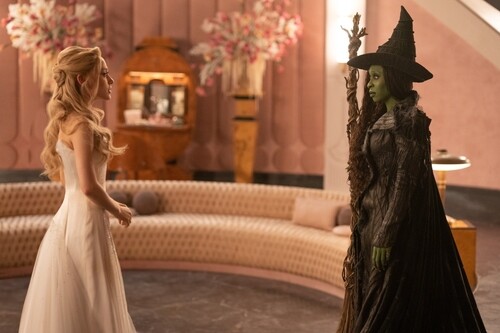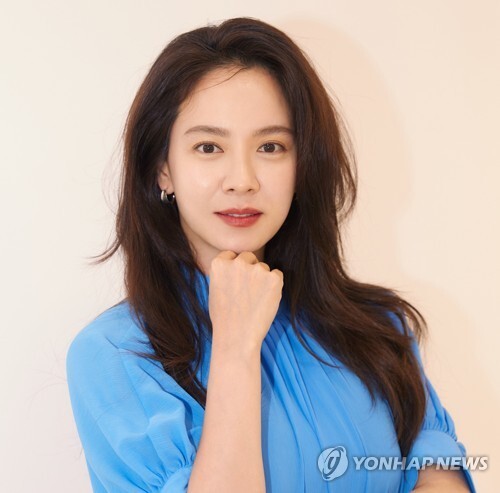Editor's Note: According to the Korea Foundation's 2024 report, there are nearly 225 million Hallyu (Korean Wave) fans worldwide. With the advent of the "Digital Silk Road," transcending time and space, we are entering the era of "Hallyu 4.0." To help readers gain a fresh perspective on Korean culture and K-culture, the Yonhap News K-Culture Team has prepared a series of expert columns.
Shin Jong-geun's 'K-Liqueur' Story: The Famous Hongju of Jindo
Contributed by Shin Jong-geun, exhibition planner and columnist (author of "Art and Liquor")
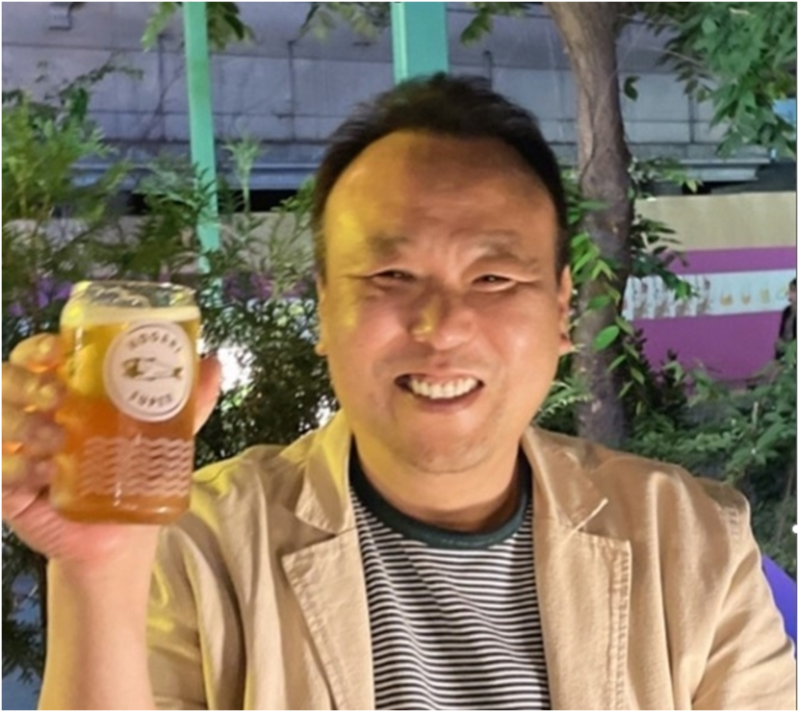 |
| ▲ Shin Jong-geun, exhibition planner and columnist |
Jindo is the third-largest island in South Korea, following Jeju Island and Geoje Island.
While many may consider Jindo as simply a "countryside," it's far from it. There's a saying that when you visit Jindo, you should refrain from boasting about your writing, art, or singing abilities.
The island is so rich in culture that it is said, "In Jindo, even dogs carry brushes in their mouths to paint orchids, and the people draw just by holding a broom. So, don't discuss art when you're in Jindo."
A Pilgrimage for Traditional Art
Jindo was the home of Sochi Heo Ryeon (1808–1893), a master of Namjonghwa (Southern School painting) during the late Joseon Dynasty and a disciple of Chusa Kim Jeong-hui (1786–1856). After Chusa's death in 1856, Sochi returned to Jindo, where he spent the last 37 years of his life at Unrimsanbang (National Scenic Site No. 80), a place that became a flourishing center of Jindo culture.
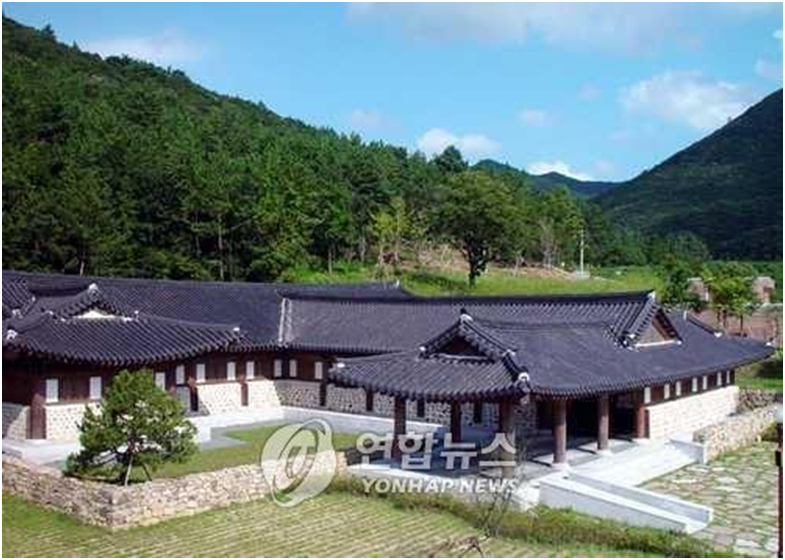 |
| ▲ This photo, taken on Sept. 1, 2003, shows Sochi Memorial Hall at Unrimsanbang in Sacheon-ri, Jindo-gun, a sacred site of Namdo literati painting. (Yonhap) |
Today, the Sochi Memorial Hall stands in Jindo, commemorating his legacy. The hall also honors his descendants, who continued the family's artistic tradition through five generations, making it a significant site in Korean art history.
Jindo is also home to the Jangjeon Art Museum, established by the calligrapher Jangjeon Ha Nam-ho (1926–2007), a disciple of the renowned calligrapher Son Jae-hyung (1903–1981). Located in the quiet village of Sanmak-ri, Imhoe-myeon, this museum houses a remarkable collection of art, including works by famous figures like Jeong Yak-yong, Yun Du-seo, Kim Eun-ho, and even royal pieces by Heungseon Daewongun.
In addition to these cultural landmarks, Jindo hosts other notable art institutions, such as the Namdo Traditional Art Museum, the Sojeon Art Museum, and the Najeolro Art Museum.
Jindo's Three Treasures and Three Joys
Jindo is known for its "Three Treasures" and "Three Joys." The treasures include the loyal Jindo dogs, the highly efficacious Jindo goji berries, and the ever-fresh Jindo seaweed. The joys are Jindo Arirang (a traditional folk song), Jindo Hongju (a traditional red liquor), and the fact that nearly every Jindo resident is an artist in some form.
Jindo Hongju is a distilled liquor with over 1,100 years of history, originating from the Goryeo Dynasty. Also known as "Jichoju" (a liquor made from gromwell root), it has a unique red color, an alcohol content of 40%, and is famous for not causing hangovers or thirst after consumption.
 |
| ▲ Jindo Hongju (PHOTO NOT FOR SALE) (Yonhap) |
The primary ingredients of Hongju are rice, barley, and gromwell root, the latter being responsible for its distinctive color and medicinal properties. The root has been celebrated as a potent herbal remedy, on par with wild ginseng. According to traditional medical texts like Donguibogam and Bencao Gangmu, gromwell root is effective for treating stomach aches, enteritis, fever, detoxification, and blood purification.
In the late Joseon Dynasty, the cartographer Kim Jeong-ho, who traveled the country to create the Daedongyeojido (a detailed map of Korea), reportedly presented Jindo Hongju to Heungseon Daewongun along with his map. He even wrote a poem in praise of the liquor, describing it as "a scene of spring flowers reflected in the red hue of the drink."
Indeed, this was the highest praise for Jindo Hongju, a drink worthy of admiration.
Sochi's Descendant and Hongju Master: The Life of Heo Hwa-ja
 |
| ▲ This photo, taken on July 7, 2011, shows Heo Hwa-ja, master of Jindo Hongju and holder of Jeollanam-do Intangible Cultural Heritage No. 26, brewing Hongju by preparing traditional nuruk (fermentation starter) and crushing gromwell roots. (Yonhap) |
Heo Hwa-ja (1930–2013), a master recognized as a Jeollanam-do Intangible Cultural Heritage holder for her expertise in brewing Hongju, was the niece of Namnong Heo Geon, the third-generation descendant of Sochi Heo Ryeon, who restored Unrimsanbang. As a celebrated expert in the craft of Hongju, Heo Hwa-ja gained considerable attention through various media outlets.
Heo's journey into Hongju brewing began early, as she grew up watching her mother prepare Hongju for her father, who was fond of the liquor. To Heo, Hongju was more than just an alcoholic drink—it was a vessel for life's experiences and memories. After losing her mother at a young age, Heo was raised by her aunt, from whom she learned the traditional methods of brewing Hongju.
Heo's dedication to Hongju intensified after the death of her husband, when she began to brew it more earnestly. Her brewing technique was renowned for its precision. The process started with steaming barley, which was then mixed with nuruk to create a base brew. This mixture was fermented to make the first stage of the brew. She then steamed rice and combined it with the base brew to create the second-stage fermentation. The mixture was then distilled to produce soju. By allowing the soju to pass through crushed gromwell roots, the liquor acquired its signature deep red color and distinctive aroma.
Heo's Hongju was distinguished by its meticulous process. The precise ratio of barley, rice, and nuruk, along with the carefully timed fermentation and distillation, made her Hongju unique. No one else could replicate the exact flavor and aroma of Heo's Hongju.
 |
| ▲ This Yonhap News file photo shows Heo Hwa-ja, who is designated as Jeollanam-do Intangible Cultural Heritage No. 26 for her mastery of Jindo Hongju. (Yonhap) |
Since 2007, Jindo County has standardized the traditional Hongju brewing process into 13 distinct steps, based on Heo Hwa-ja's methods.
Today, several Hongju manufacturers operate in Jindo, including Daedaero, Jindo Hansem Hongju, Yehyang Hongju, Jindo Seongwon Hongju, Jindo Daebok Hongju, Jindo Arirang Hongju, and Sodalguji Hongju.
In 2005, Jindo County introduced a quality certification system and established a shared brand called "Rubicon," a name derived from combining "Ruby," symbolizing Hongju's color, and "Unicorn," representing a mystical creature.
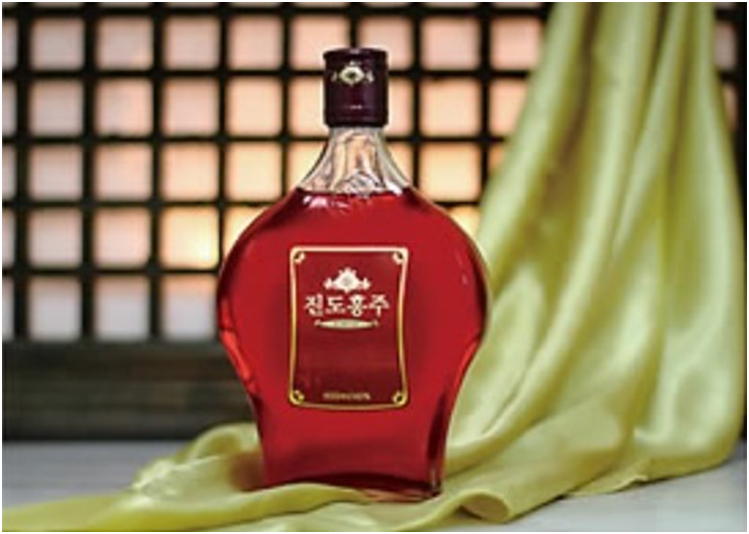 |
| ▲ This photo, provided by the provincial goverment of South Jeolla Province on April 15, 2015, shows "Jindo Hongju Rubicon" by Daedaero Agricultural Cooperative of Jeollanam-do, which won consecutive gold medals at international liquor competitions. (PHOTO NOT FOR SALE) (Yonhap) |
(C) Yonhap News Agency. All Rights Reserved


















